Sony TV 2022: every Master Series and Bravia OLED announced so far
New Sony TVs are coming in 2022
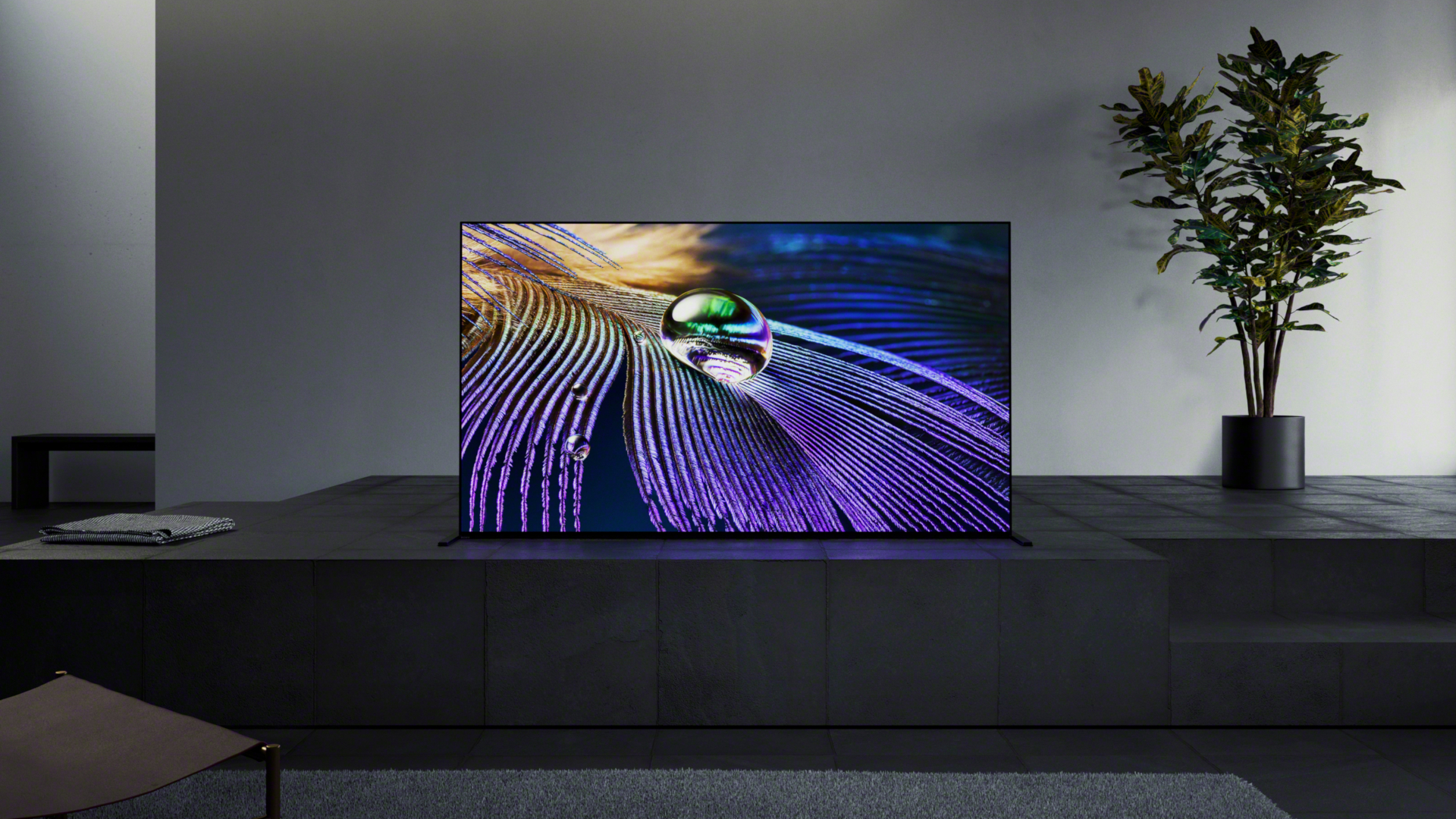
The Sony TV 2022 lineup is looking really strong going into April. From the X90K LED TV all the way up to the Master Series Z9K 8K TV and the newly announced mid-range A75K OLED TV, Sony's bringing a barrage of blockbuster screens to homes in 2022.
At the top of that list is the truly next-generation A95K QD-OLED TV. It’s the first QD-OLED unveiled by a major manufacturer, beating other giants like Samsung and LG to the punch. And, based on our time with it at a preview event, it will deliver everything we had hoped for from the latest and greatest panel technology.
Step down from the premium models, though, and you’ll find mid-range displays, like the X90K or X80K 4K LED TV, the follow-up to last year's Sony X90J and X80J. We awarded the X90J 4.5 out of 5 stars when we reviewed it and believe it’s one of the best mid-range 4K TVs money can buy in 2021.
Whatever your budget and panel preference, Sony's got something that should fit your needs. Not sure where to start? Let our guide to the Sony 2022 TV lineup put you on the right track - now updated with US pricing.
New Sony TVs for 2022
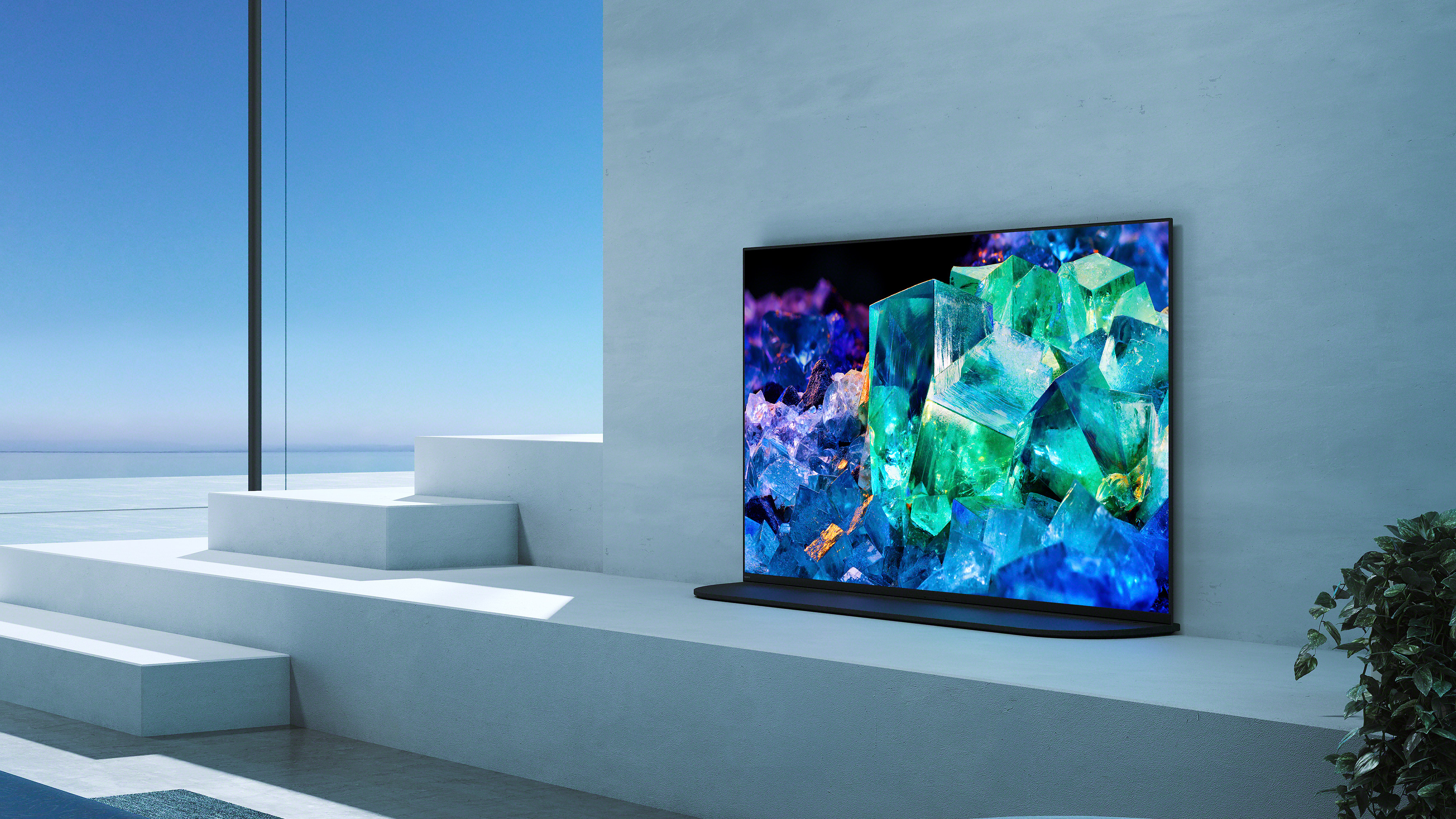
Sony Master Series Z9K 8K Mini LED TV: The Master Series Z9K is Sony's brand new flagship 8K TV, for when you want to buy the best of the best in terms of picture quality. Sony's Cognitive Processor XR tech returns, alongside an XR Backlight Master Drive that aims to provide hugely impressive contrast along with true deep blacks.
US price: 85-inch: $9,999.99, 75-inch: $6,999.99
Sony Master Series A95K QD-OLED TV: Sony's big OLED for 2022 is the A95K, improving over its predecessors with a new QD-OLED panel that Sony claims will boost color brightness by up to 200% compared to "conventional TVs." The A95K's XR OLED Contrast Pro tech also aims to adjust brightness for peaks in glare and particularly shadowy blacks, so as to not make the overall picture look too washed out or too dark to see.
Additionally, Sony's XR Cognitive Processor and an all-new heat dissipation system, the A95K will be able to control contrast and maximize brightness better than before, giving it a huge advantage over other, more traditional OLED screens.
US price: 65-inch: $3,999.99, 55-inch: $2,999.99
Read more about the Sony Master Series A95K QD-OLED TV
Sony X95K 4K Mini LED TV: Another premium TV in Sony's repertoire in 2022 is the X95K series that uses mini-LED tech, powered by the Backlight Master Drive technology that was originally implemented in the Sony Z9D from a few years back. With the ability to control even minute patches of mini-LEDs, Sony states that the X95K has some of the best contrast control of any LED-LCD TV with higher peak luminance and even less blooming.
US price: 85-inch: $5,499.99, 75-inch: $3,799.99, 65-inch: $2,799.99
Sony Master Series A90K and A80K 4K OLED TV: Next up are Sony's new OLED TVs for 2022, the A90K and A80K. These new OLEDs use temperature distribution mapping and an all-new OLED panel for higher peak luminance. Both OLEDs also have two HDMI 2.1 ports for 4K resolution and 120Hz refresh rate much like the A95K.
X90K US price: 48-inch: $1,499.99, 42-inch: $1,399.99
X80K US price: 77-inch: $3,799.99, 65-inch: $2,499.99, 55-inch: $1,999.99
Sony A75K 4K OLED TV: Sony's newly announced A75K OLED TV is certainly one to keep an eye on, and while the manufacturer hasn't yet revealed its price or launch date, its specs are particularly interesting for what's supposed to be a mid-range TV. With the A75K, you'll get the same two HDMI 2.1 ports and 120Hz refresh rate as its A90K and A80K counterparts, as well as a gorgeous OLED panel provided by LG Display. It's slightly pared down compared to those models, but for anyone looking for an OLED TV on a tighter budget, the A75K is worth keeping on your watchlist.
Sony X90K 4K LED TV: Like last year's X90J, the X90K is positioned as the more affordable mid-range option in Sony's 2022 lineup. But that doesn't mean it's skimping on quality. The X90K features the same XR Cognitive Processor tech as its more expensive counterparts, and has a precise Full Array LED panel for clear picture quality.
US price: 85-inch: $3,299.99, 75-inch: $2,199.99, 65-inch: $1,599.99, 55-inch: $1,399.99
New Sony TVs for 2021
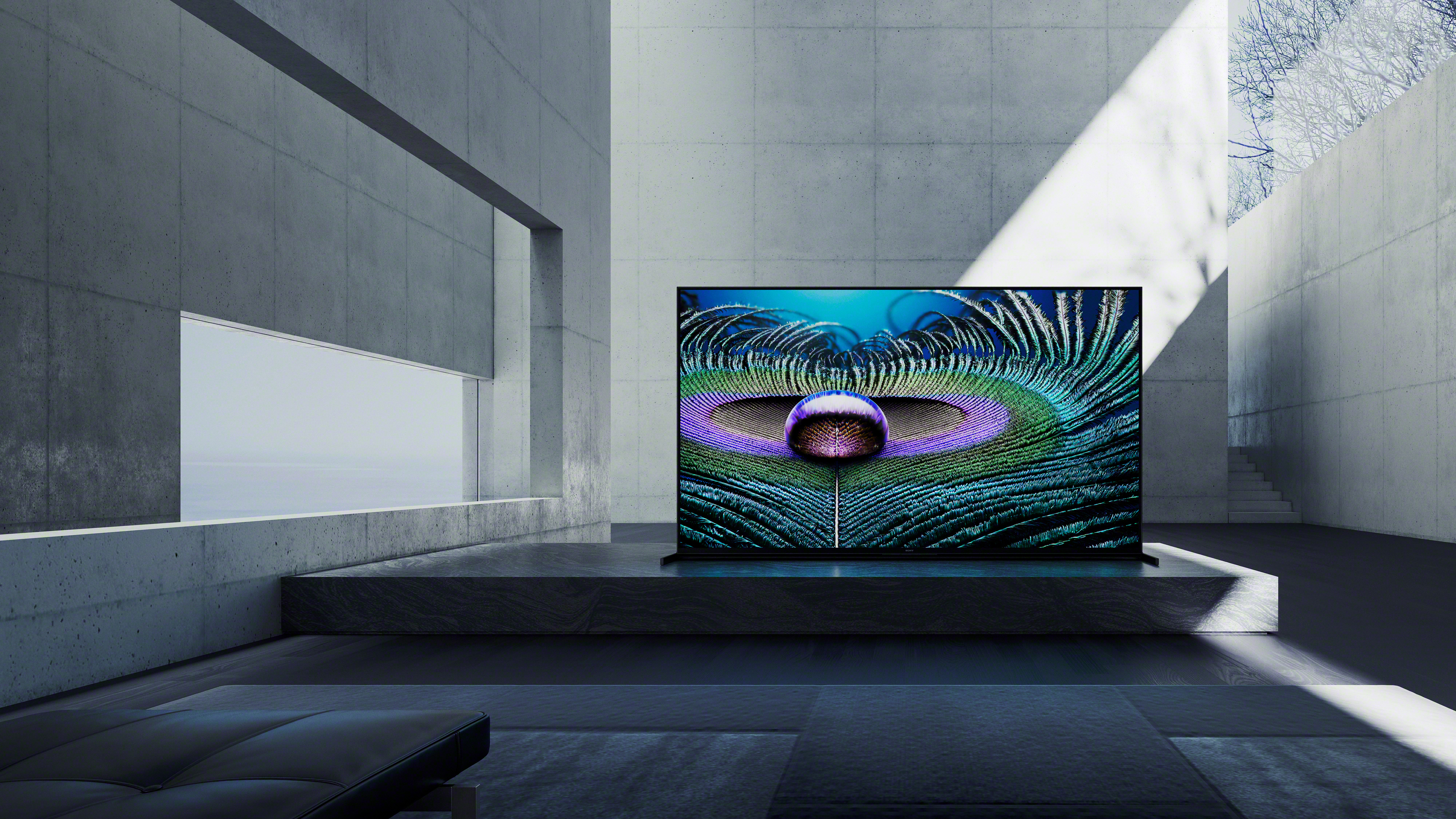
Sony Z9J Master Series LED-LCD 8K TV (available in 85- and 75-inches): This is the 8K TV in Sony’s Z9J Master Series.
What makes the Z9J appealing is that it uses the Cognitive XR Processor to enable a feature called XR Contrast Booster 15 that greatly enhances contrast by boosting brightness and black levels with better zone controls, and has the highest-performing upscaling algorithm in the lineup that it needs to fill all those pixels.
It has X-Anti Reflection that reduces glare and X-Wide Angle viewing that helps you see every detail from anywhere in the room and both a light and color temperature sensor that reads the intensity of the ambient light in the room and adjusts the picture accordingly. Last but not least, the legs of the Z9J can be adjusted to fit both wide and narrow TV stands, or it can be wall-mounted if that works better for your space.
- Sony XR-75Z9J: $7,999 (around £5,700 / AU$10,300)
- Sony XR-85Z9J: $9,999 (around £7,100 / AU$12,800)

Sony A90J Master Series OLED 4K TV (available in 83-, 65- and 55-inches): The A90J earns its Master Series status by being one of the brightest OLED TVs ever made - this is because of Sony’s work on thermal dissipation and the new Cognitive XR Processor that can accurately balance the RGB and White subpixels simultaneously for extreme brightness.
You'll be getting 4K resolution, as well as 4K/120Hz video at 48Gbps through multiple (at least two) HDMI 2.1 ports, and both VRR (variable refresh rate) and ALLM (auto low latency mode). The A90J also supports Dolby Atmos passthrough, as well as HDR10 and Dolby Vision dynamic HDR. That said, it's not cheap (you can see the pricing below).
Read more: Sony A90J OLED
- Sony XR-55A90J: $2,999 / £2,699 (around AU$3,800)
- Sony XR-65A90J: $3,999/ £3,499 (around AU$5,100)
- Sony XR-83A90J: $7,999 / £6,999 (around AU$10,300)
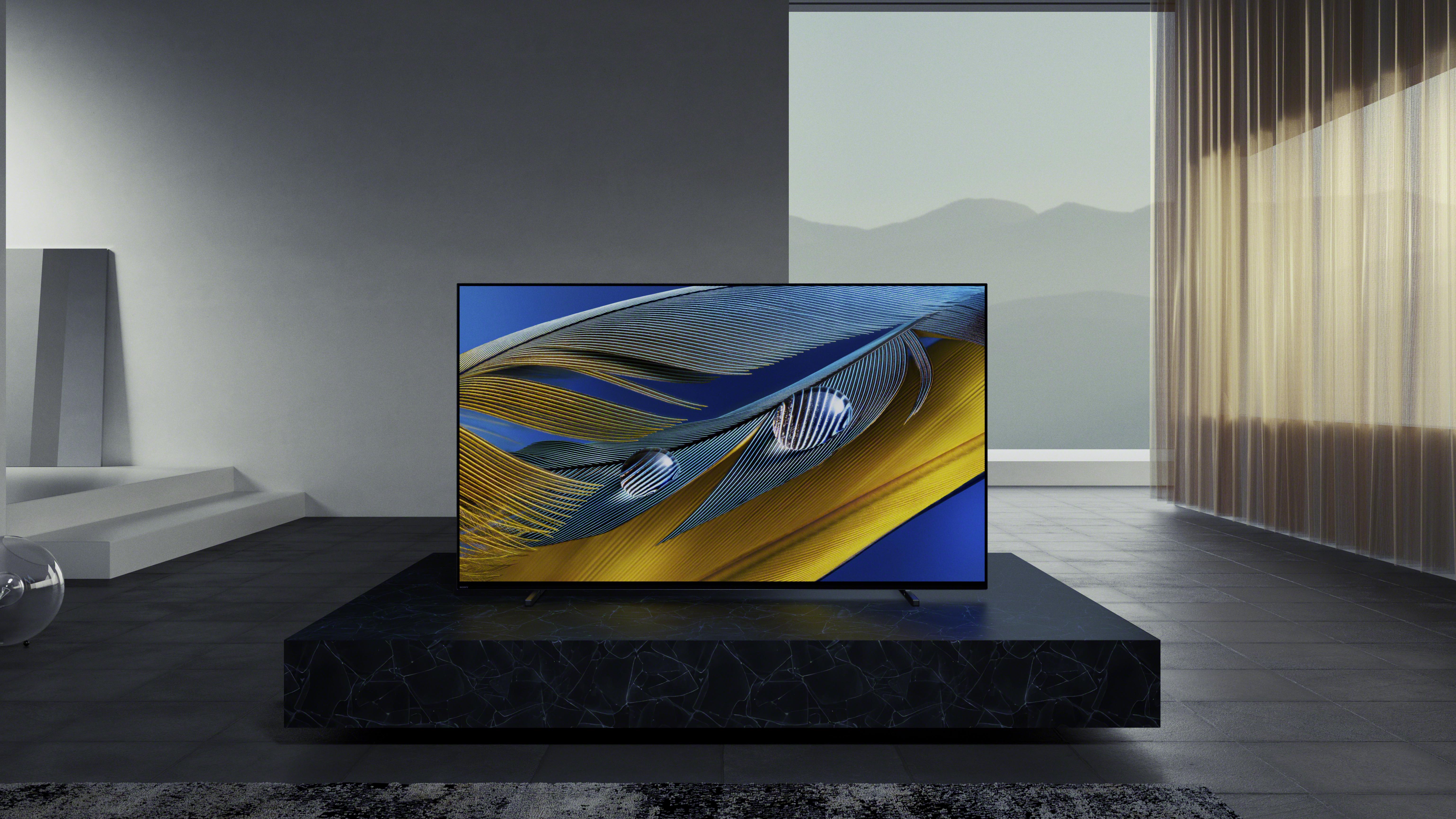
Sony A80J OLED 4K TV (available in 77-, 65- and 55-inches): The Sony A80J is the lesser of the two Sony 2021 OLEDs, but only because it lacks the higher brightness of the A90J. Even without it, the A80J has some seriously impressive technical specs and uses XR 4K Upscaling, XR Triluminos Color Pro and XR Motion Clarity.
Because it’s not as fully specified as the A90J, we’re expecting the A80J to be the more affordable of the two OLEDs, and if it can deliver most of the same performance then it will be a seriously compelling alternative to the LG CX OLED and LG BX OLED from last year.
Read more: Sony A80J OLED
- Sony XR-55A80J: $2,299 / £1,999 (around AU$3,000)
- Sony XR-65A80J: $2,799 / £2,699 (around AU$3,600)
- Sony XR-77A80J: $4,499 / £4,199 (around AU$5,800)
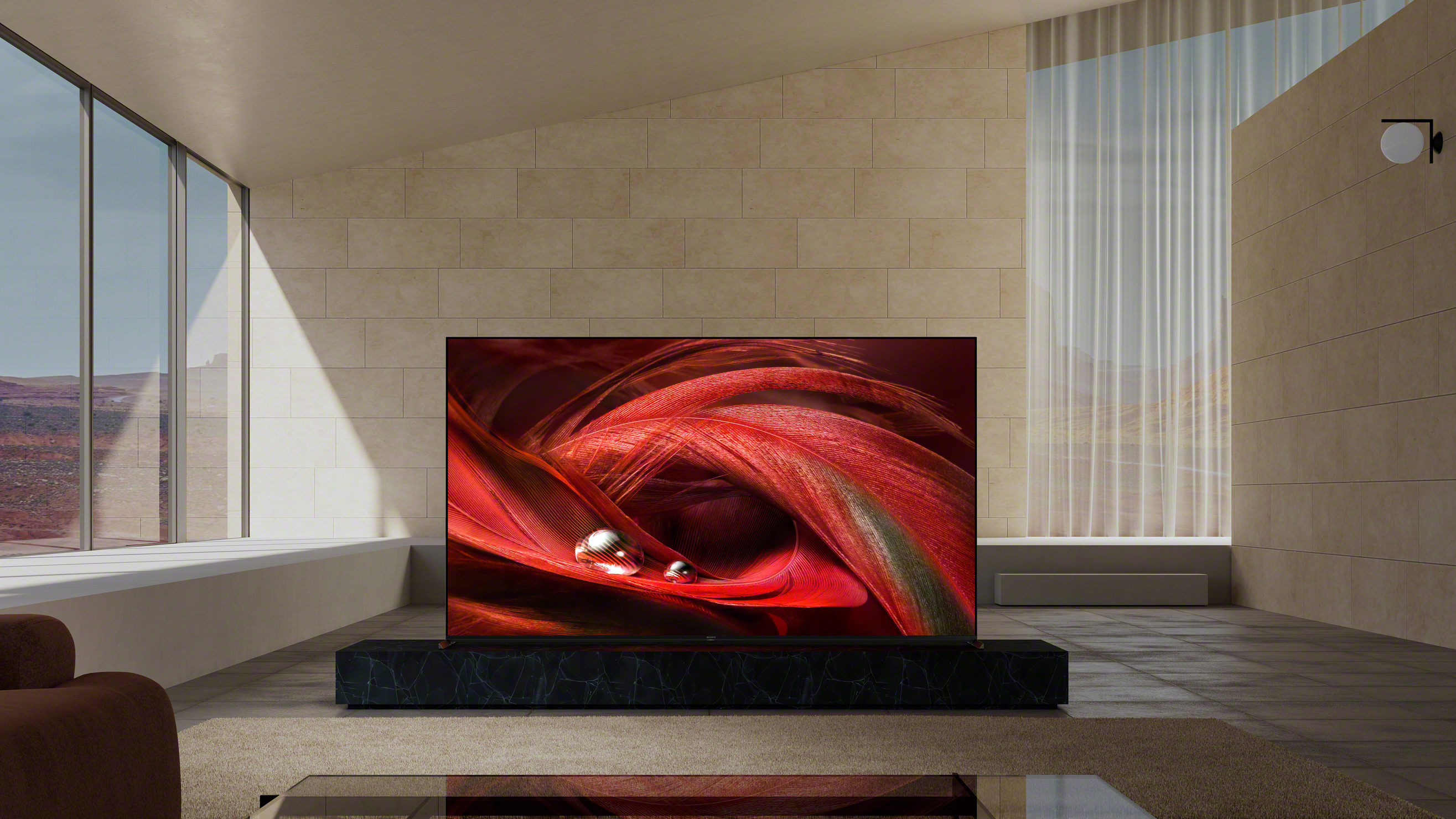
Sony X95J 4K LED-LCD TV (available in 85-, 75- and 65-inches): The Sony X95J is the first step down in that middle range of the Sony TV lineup from the pricey premium models. That said, you’re not sacrificing a ton of features to be here: the X95J still offers the XR Contrast Booster that the Master Series uses (though it won’t be as bright) and the XR 4K Upscaling technology. It has X-Wide Angle, XR Motion Clarity and 3D Audio Upscaling thanks to the Cognitive XR Processor, but will only have X-Anti-Reflection on the two larger models.
In terms of changes compared to last year’s X950H/XH95, one of our favorite Sony TVs from 2020, the X95J is slimmer by about 10mm and adds HDMI 2.1 ports for 4K/120 gameplay – perfect for the PS5 and Xbox Series X. That was a huge sore spot on last year’s X950H, so it’s great that Sony has added them in for this year.
Read more: Sony X95J
- Sony XR-65X95J: $2,299 (around £1,600 / AU$3,000)
- Sony XR-75X95J: $2,999 (around £2,100 / AU$3,800)
- Sony XR-85X95J: $4,499 (around £3,200 / AU$5,800)

Sony X90J and X92J LED-LCD TV (available in 75-, 65-, 55- and 50-inches, X92 available in 100-inches): While the X90J doesn’t have all the fancy features like the color sensor of the Z9J or the X-Contrast Pro of the A90J OLED, the X90J has the one feature that really counts: the Cognitive XR Processor. With it, the X90J has the same XR 4K Upscaling as the other TVs, the same XR Triluminos Pro tech to enhance colors and 3D Surround Upscaling.
It has Dolby Atmos passthrough and 4K/120 support. It has the potential to offer unparalleled value to anyone who wants a cinephile-quality TV at an affordable price, and we can’t wait to test it for ourselves. The X92J model is the 100-inch option.
Read our full Sony X90J review
- Sony XR-50X90J: $1,299 / £1,149 (around AU$1,700)
- Sony XR-55X90J: $1,499 / £1,249 (around AU$2,000)
- Sony XR-65X90J: $1,799 / £1,499 (around AU$2,400)
- Sony XR-75X90J: Price TBA
- Sony XR-100X92J: Price TBA
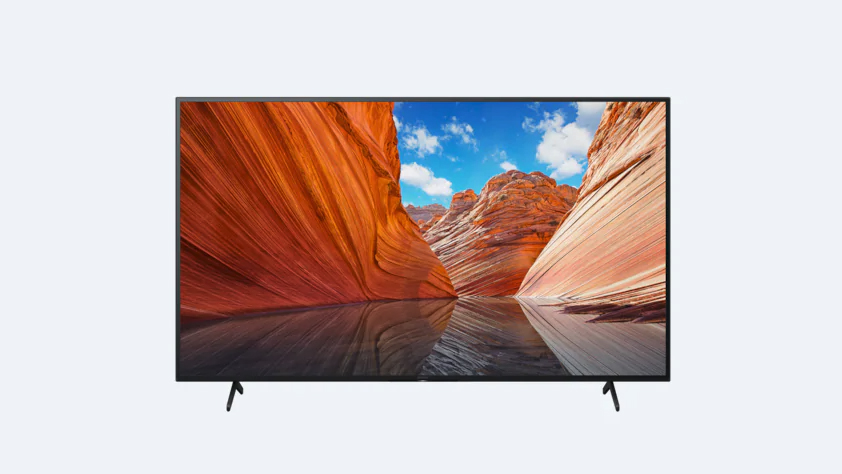
Sony X80J / X81J LED-LCD TV (available in 43, 50, 55, 65, 75-inch): If you want an even cheaper option, the Sony X80J is a step-down model with a 60Hz panel, meaning you won't get the benefits of HDMI 2.1 found on the X90J above. You will, however, get a 4K HDR panel, the Google TV platform, and the capable X1 processor from previous Sony TV ranges. The X80J also packages all this at around half the price of the X90J, starting at $749 / £584 (around AU$1,000) for a 43-inch model. The Sony X81 variation in the UK adds some more advanced motion processing and will cost slightly more at smaller sizes too.
- Sony XR-43X80J: $749 / £584 (around AU$1,000)
- Sony XR-50X80J: $849 / £667 (around AU$1,100)
- Sony XR-55X80J: $949 / £899 (around AU$1,250)
- Sony XR-65X80J: $1,149 / £1,049 (around AU$1,500)
- Sony XR-75X80J: $1,699 / £1,499 (around AU$2,200)
Technology
Sony 2022 TV technology
Why you can trust TechRadar
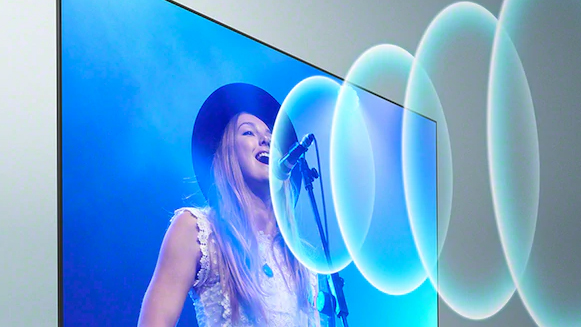
So, what’s new with Sony TVs this year? A few things, actually. First and foremost, however, is that new panel technology, QD-OLED.
QD-OLED, for those who are just hearing about it, combines the self-emissive organic light-emitting diodes that give OLED its perfect black levels with the color saturation of quantum dots. The result is a screen that has 200% of the color saturation of a traditional LED-LCD screen, with higher peak brightness and wider viewing angles than an OLED.
To make the most of all those pixels, Sony uses its Cognitive XR processor, which brings an upgrade in capability to its 2022 TV range.
The Cognitive XR chip utilizes a “completely new processing method designed to replicate the ways humans see and hear”, detecting a so-called “focal point” in the TV’s picture to focus processing around the more important parts of the image. “While conventional Artificial Intelligence (AI) can only detect and analyze picture elements like color, contrast and detail individually, the new processor can cross-analyze an array of elements at once, just as our brains do,” Sony says.
Each model of the Sony 2022 line-up uses the new Google TV smart platform instead of the older Android TV software. That means you’ll essentially get a Chromecast with Google TV built into your TV which, considering that a standalone streaming stick would set you back $49 / £59 / AU$99, feels like a nice perk. Baked in support for Google Assistant is a given, though you can also connect your TV to smart speakers like the Amazon Echo (which uses Alexa) too.
In an interview with TechRadar, Sony told us that many of its 2022 TVs support 4K/120Hz with at least two 48Gbps HDMI 2.1 ports, and the Master Series will also offer a third HDMI port that’s 8K/60Hz-enabled. VRR (variable refresh rate) and ALLM (auto low latency mode) features are supported for gamers, helping to ensure responsive play and a smooth picture, while eARC (enhanced audio return channel) allows for lossless audio passthrough from the TV to a connected soundbar.

You’ll also get Dolby Vision support across the series as well as Dolby Atmos passthrough in every model as well.
We've also seen the return of Sony’s Acoustic Surface Audio+ technology, which uses motor-driven ‘actuators’ placed around the set’s casing to vibrate sound across the whole panel. It’s a neat concept in theory, though it can serve to muddy the audio somewhat as it spreads it around.
The much-marketed Netflix Calibrated Mode makes a return, too – even if we wouldn’t bother using it – but IMAX Enhanced is also supported for those with compatible content.
We'll have more info on lower-tier models as well as pricing and availability on the TVs we saw at CES 2022 later this year, so be sure to check back with us in a few months' time.
Everything you need to know about the best TVs of 2022:
Best TV 2022: the best flatscreen televisions from the past year
Best 65-inch 4K TV: the best big screen TVs for any budget
TV stands: finding the best TV stand to suit your living room cinema needs
Sign up for breaking news, reviews, opinion, top tech deals, and more.

Nick Pino is Managing Editor, TV and AV for TechRadar's sister site, Tom's Guide. Previously, he was the Senior Editor of Home Entertainment at TechRadar, covering TVs, headphones, speakers, video games, VR and streaming devices. He's also written for GamesRadar+, Official Xbox Magazine, PC Gamer and other outlets over the last decade, and he has a degree in computer science he's not using if anyone wants it.